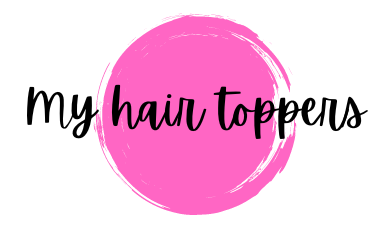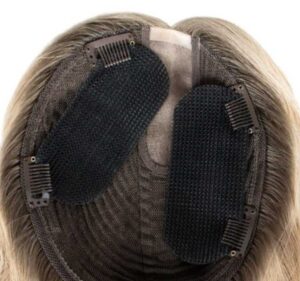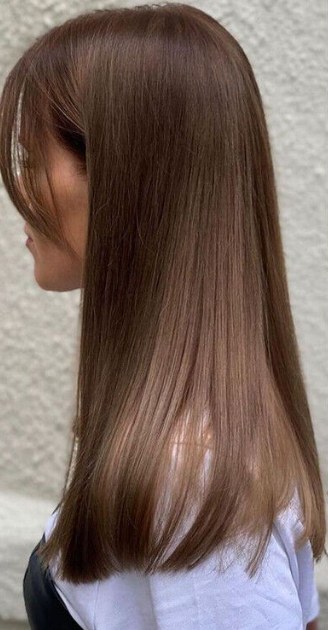
Hair Toppers Clip In
How To Make Them More Comfortable to Wear
Hair toppers clip in and hair pieces are a great way to conceal thinning hair, bald spots and add volume and length to your existing hairstyle. But if you’re using clips on the hairpiece, you might be concerned about whether or not they cause damage or discomfort.
One of the most asked questions I ever received among those considering hair toppers is whether the clips cause traction alopecia.
The most important thing to remember is that when attaching a hair topper clip in, or any other hairpiece, to your natural hair, you should do it gently and carefully without yanking on your hair. This will help ensure that your existing bio hair isn’t getting pulled too hard and won’t lead to traction alopecia.
Make sure that you’re not wearing the hairpiece for too long, during sleeping hours, or too tight, as this could cause discomfort and lead to possible scalp irritation. Taking regular breaks from wearing your hairpiece will help ensure your scalp stays healthy and you feel comfortable.
Table of Contents
My Hair Topper Clip In Hurts Me!
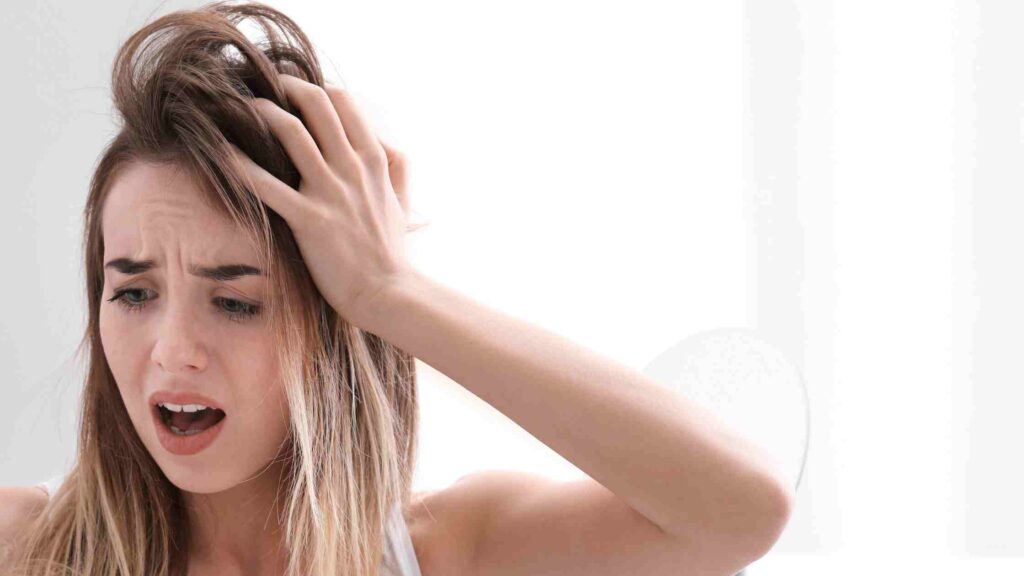
Of course, personal experiences do vary widely and what might be uncomfortable for one person could be entirely manageable and ok for another.
In my personal journey, I initially found wearing hair toppers clip in uncomfortable.
The sensation was like a sort of discomfort of wearing an unfamiliar accessory on the top of my head.
I remember trying to look on the internet for some answers, as I wanted to understand whether the discomfort was normal or a sign of potential harm.
The discomfort associated with clip in hair toppers is a valid concern, especially if you have a sensitive scalp and fine, thin bio hair.
The act of attaching something to your hair through clips can create an unusual sensation, however, what I noticed is that this discomfort tends to fade with time. Ultimately, your scalp adjusts to the presence of the topper and the clips.
Wearing hair toppers is a personal journey that involves balancing aesthetic enhancement with comfort. While discomfort can be a factor, especially in the beginning, many women find that the positive aspects of wearing hair toppers outweigh the temporary unease.
Of course, there’s no one-size-fits-all answer; what works for me or another person might not work for you.
The key is to explore different strategies and methods, such as cap size adjustments, mindful attachment techniques, and the use of grips, to find what suits your unique needs and preferences.
Remember that hair toppers have the potential to be transformative and life-changing, offering a natural and blended look that will boost your confidence and self-esteem! The old saying “No pain no gain” kind of fits this scenario, right?!
How to Minimize the Discomfort Created by Hair Toppers Clip In
Choose a Larger Base for Reduced Damage: Optimal Cap Size
One strategy to mitigate discomfort is to consider the cap size of your hair topper. Smaller, denser caps might create more pressure on specific areas of your scalp where your hair is thinner and your skin more sensitive, this could potentially lead to discomfort or even traction alopecia in the long run. Choosing a larger cap size, such as an 8″*8″ (20cm*20cm) or even bigger, can help distribute the weight and clips’ pressure more evenly.
This is because the clips are attached to the lower side of your head, where our natural hair is usually denser and stronger. While a larger base might mean more hair and weight (as well as being more expensive), it’s a worthy trade-off to avoid discomfort.
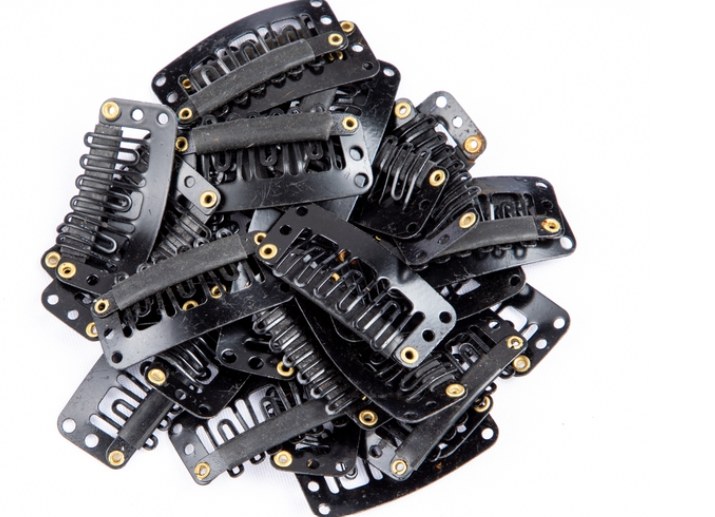
Maximize Hair Clips: Mindful Attachment
Adjusting how you attach your hair toppers clip in can also influence comfort. When attaching your thairpiece, while scooping the hair under the clips, try to grab as much of your bio hair as possible within the clips.
This reduces the strain on individual strands and minimizes discomfort. Consider using clips with long teeth that provide a better grip on your bio hair.
If still feel pulling or discomfort, replace the clips with wider ones for better weight distribution. This method balances security with comfort.
Utilize a Topper Grip: Added Security
Using wig grips or topper-specific grips can provide additional comfort and security. These grips help keep the topper in place, potentially reducing the need for tight clips helping you not feel any discomfort while wearing your topper.
A topper grip is an excellent accessory to prevent damage to your bio hair. Attach it around your head, then, secure your topper’s front clips or comb to the grip instead of your hair.
This innovative solution ensures your topper stays in place without placing undue stress on your natural hair. From “toppers clip in” to “toppers grip in”!
Sew in a Halo Wire: Extra Hold
For added security, you can easily sew a halo wire into your topper.
This wire will act like a built-in topper grip, holding the front of your topper down and preventing it from lifting.
The halo wire provides extra security and stability, allowing you to enjoy a comfortable hairpiece-wearing experience without worrying about clip damage to your natural bio hair.
Simply sewing the wire to your topper will allow you to wear it without clips!
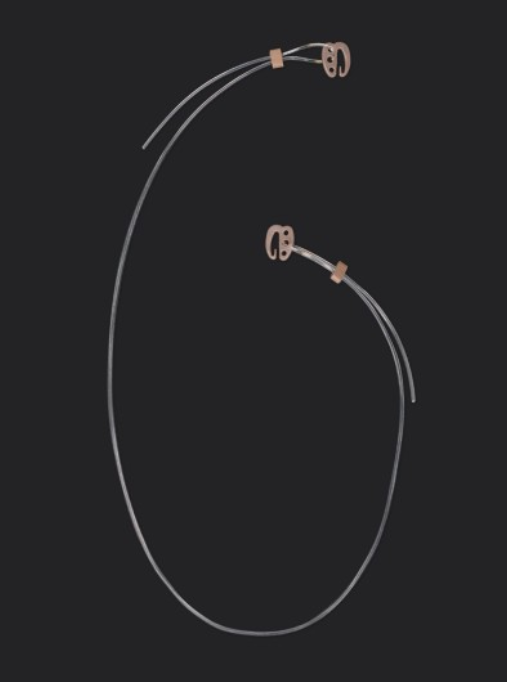
Velcro: A Great Alternative to Clips
Swapping out the front comb or metal clips offers a more forgiving attachment method. The use of velcro grippers takes away any pressure and makes it much more comfortable if you have a very sensitive scalp.
Here is how to swap your hair topper clip in with velcro strips:
1. Clear the Base: Remove the side clips and front comb from your topper base, ensuring a clean surface to work with.
2. Shape the Velcro: Use a square piece of Velcro and trim it to match the shape of your topper base.
3. Prepare the Strips: Cut strips of double-sided tape (walker’s tape is a good one!) to match the size of your velcro.
4. Attach the Strips: Lay the Velcro flat and attach the double-sided tape strips, ensuring a secure fit.
5. Trim and Peel: Trim the excess tape and peel off the protective layer from the double-sided tape.
6. Apply the Velcro: Align the Velcro with your topper base and press it firmly in place. Make sure the area is free of hair to ensure a strong bond.
Once attached, your velcro will enhance the security of your topper allowing you to ditch the comb and few front clips. It’s designed to be durable, lasting through multiple washes and wears. (It will need to be replaced eventually, but as you can see, the process is fairly simple and straightforward).
Teasing, Hairspray, and Dry Shampoo: added grip
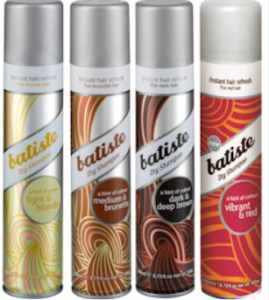
Some women find that teasing the area or using hairspray can create a buffer between the topper and their natural bio hair, reducing tugging and discomfort.
Dry Shampoo and any other texturizing product can help create “ticker strands” This trick gives the area where you attach the clips more “grip”.
If you plan to backcomb your bio hair, do it cautiously.
Backcombing too much is not so healthy for your natural fine hair and you want to avoid potential long-term damage.
Opt for a Lace Front Topper
Incorporating these best practices into your topper routine will help you maintain the health of your natural hair while enjoying the confidence that comes with a seamlessly blended topper.
Remember, while it might take some practice and experimentation, a secure and comfortable fit is achievable with the right approach.
You can surely embrace the beauty of toppers without compromising on the well-being of your own bio hair.
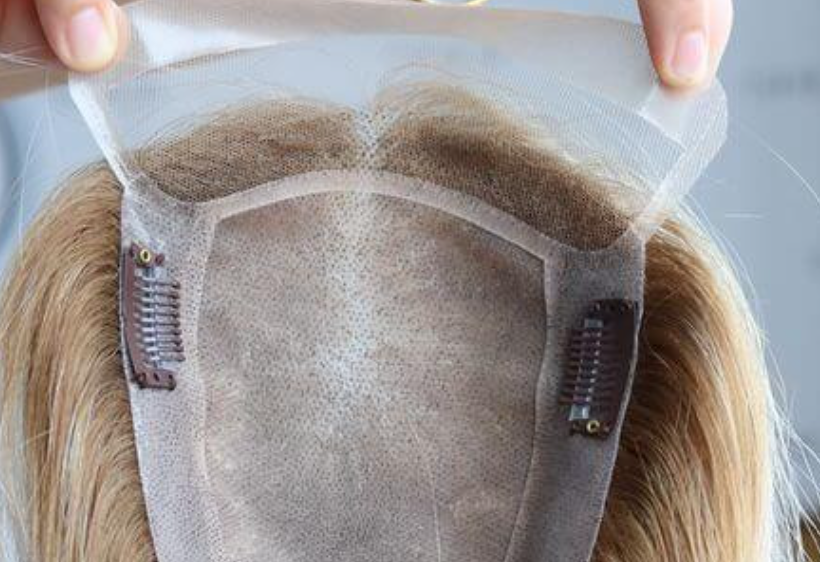
If you’re willing to explore alternative options, lace front toppers allow for a more secure attachment. Gluing or taping the lace front down can provide a natural look while minimizing discomfort as you will probably only need to use one or two clips at the back of your head to keep it securely in place.
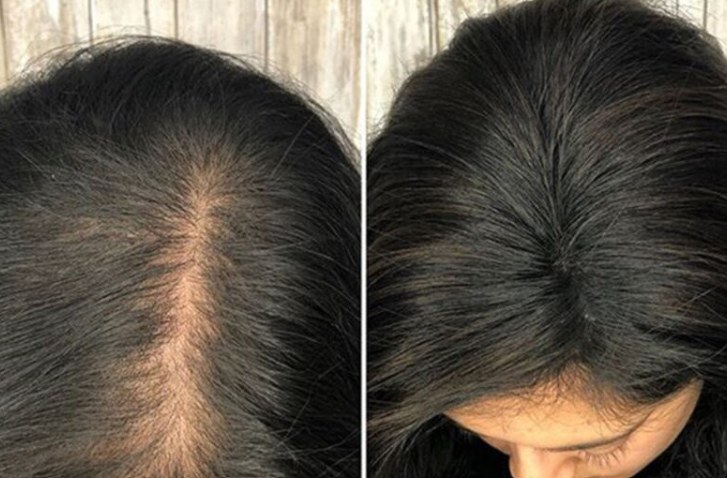
Incorporating these best practices into your topper routine will help you maintain the health of your natural hair while enjoying the confidence that comes with a seamlessly blended topper.
Remember, while it might take some practice and experimentation, a secure and comfortable fit is achievable with the right approach.
You can surely embrace the beauty of toppers without compromising on the well-being of your own bio hair.
EXTRA TIP TO AVOID DAMAGING YOUR NATURAL HAIR:
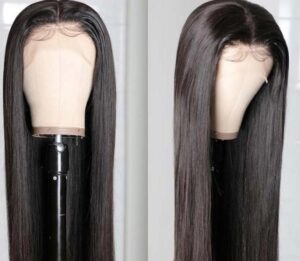
Always Style Your Topper on a Mannequin Head!
To prevent unnecessary stress on your natural hair, reserve all styling activities for your topper when it’s on a mannequin head. Avoid blow-drying, curling, or straightening your topper while it’s attached to your head.
Styling on a mannequin head eliminates pulling and discomfort on your natural hair and you will prevent any pulling damage-related situations.
Be Careful When you Remove Your Clip In Hair Topper
To begin, make sure to open and unclip each clip. Once all are unclipped, carefully lift your hair topper from the back by gently rolling it forward. If any of your natural hair gets tangled in the clips, gently untangle it instead of trying to force it away with the topper.
